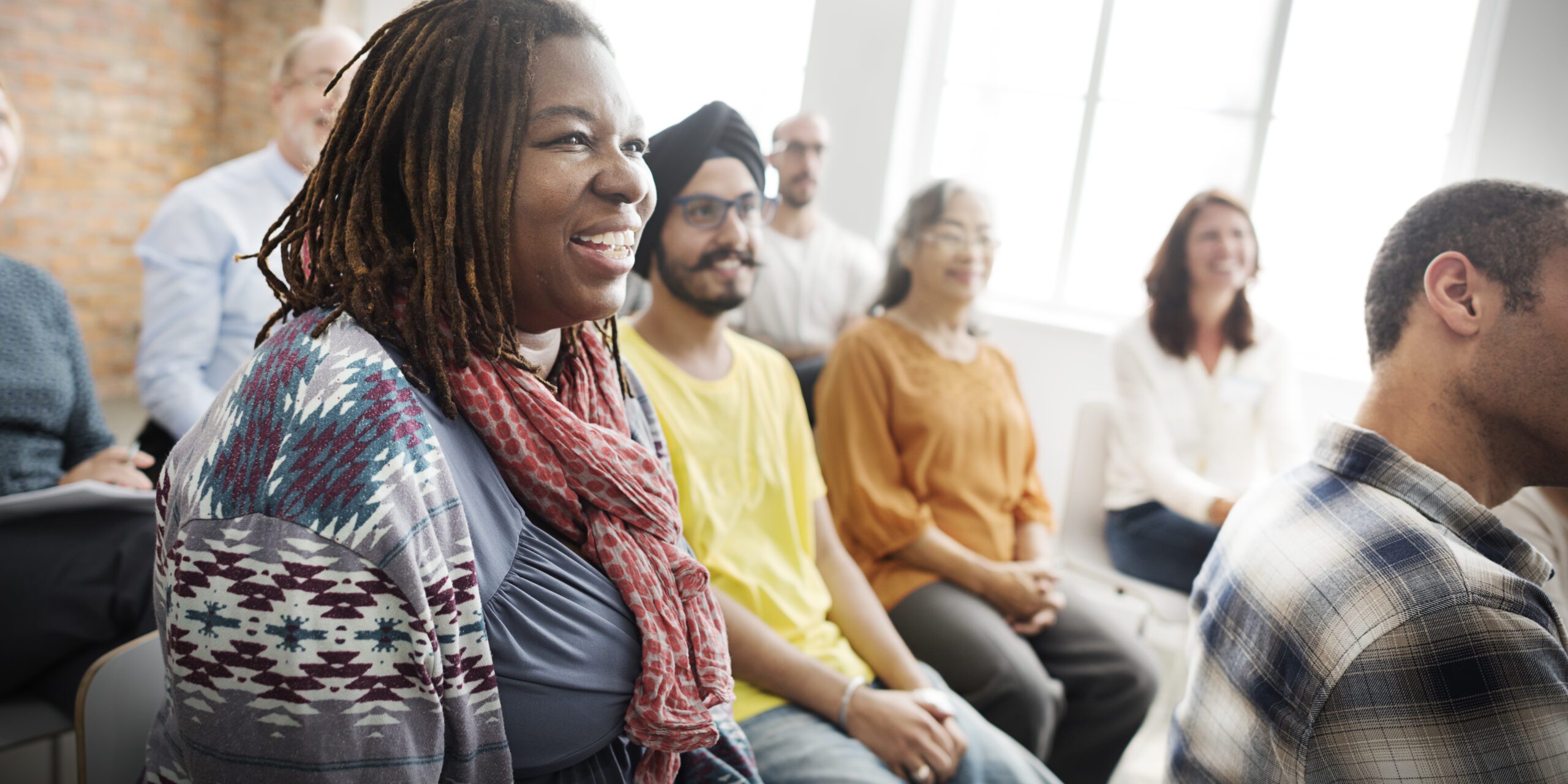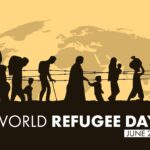This blog post is part of a series on engaging with your local community to build support for refugee resettlement. Also see Using Data to Tell Program Stories…Without Putting Your Audience to Sleep and How States and Other Refugee Service Providers are Using Infographics to Engage Communities.
Are you looking to increase local support for refugees in your community? Supporting refugees to tell their stories is a powerful way to put individual faces and voices to the resettlement experience. There are many innovative ways stories can facilitate strong connections that demonstrate how resettlement benefits everyone in the community.
What might refugee community members talk about when telling their stories?
- A brief summary of what life was like before leaving their countries of origin
- Why and how they left their countries of origin
- What life was like in their countries of asylum and why they couldn’t stay there
- What they felt when they arrived in the United States
- What their family, social, or professional life is like now
- What achievements they are most proud of
- Why they think it’s important for Americans to welcome refugees
- What they want those listening to their stories to do
As a service provider, you can support refugee community members by emphasizing that they are in control of their own stories. You might say something like: “This is your story. You can choose what you want to say. You don’t need to share anything you don’t want to. Focusing on why you were forced to leave your home country might be too painful to talk about. That’s okay. Your well-being is what’s most important. Instead, focus on what living in the U.S. means to you – why the opportunity to be resettled here made a difference in your and your family’s lives. You can always choose how much of your story to share, and you can always say you don’t feel comfortable answering a question if it’s too upsetting” (Refugee Council USA, How to Share Your Story: A Guide for Refugee Speakers).
How can we ensure communities hear these stories?
Refugees are often asked to tell their stories in the form of brief remarks at public events, in meetings with community stakeholders, or with the media. In public speaking occasions like these, you can support refugees to identify and emphasize the main message, keep it concise, and speak from the heart. For some inspiration of public speaking projects involving refugees, check out the Colorado Refugee Speakers Bureau and Unite Cloud.
Photos and video are also powerful tools that enable a story to be shared widely. While these projects can be resource-intensive, you may be able to collaborate with volunteers or students interested in supporting your work through a photo or video project. Of course, it’s critical to keep refugees’ comfort and safety at the forefront: ensure you have informed consent, including signed photo or video release forms, before sharing any images. Check out the examples below for some inspiration:
- When Home Won’t Let You Stay: Stories of Refugees in America
James A. Bowey
This portrait series includes an excerpt of each refugee subject’s first-person story alongside their photograph. The project aims to make each refugee a co-author of the work. - Creating Welcome for Refugees
Forced Migration Upward Mobility Project
This video series features refugees explaining how they climbed the career ladder to achieve fulfilling professional work.
You might also consider illustrations, which have the advantages of being visual and sharable like photos and videos, but which permit you to remove identifying information. Charlotte Awake produced the following example (click to expand):

Beyond just listening: how can we build contact between refugees and other community members?
Of course, the most meaningful way for a refugee to tell his or her story is as part of a face-to-face dialog. Welcoming America has produced several resources on designing contact-building events, occasions where community members from diverse backgrounds can get to know one another and hear each other’s’ stories. These events may take the form of community gatherings, meals, shared cultural art projects, education programs, community gardens, joint service projects, and more. Here are a few resources to help you get started:
- Building Meaningful Contact: A How To Guide
Welcoming America, 2018
This toolkit provides an overview of contact-building activities that bring together refugees and receiving communities to discover commonalities and work towards shared goals. - Neighbors Together: Promising Practices to Strengthen Relations with Refugees and Muslims
Welcoming America, 2016
This toolkit provides promising practices to counter anti-refugee sentiment using stories to illustrate how multi-ethnic and socioeconomically diverse communities are welcoming Muslims and refugees. - Finding Common Ground: Stay-at-home Mom and Sudanese Refugee Share Culture and Welcome
Welcoming America, 2016
This short video shares the story of stay-at-home mom Becca Clary who found common ground with Sudanese refugee Fatima Bakhit through a cultural exchange program at Kentucky Refugee Ministries.









